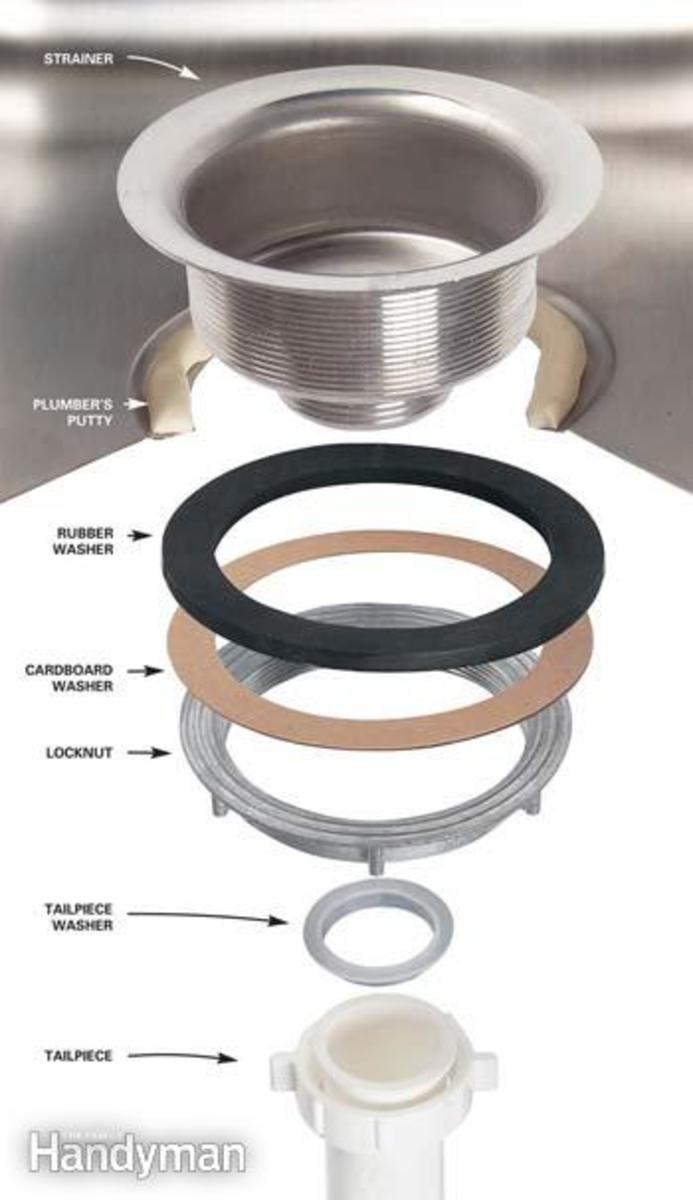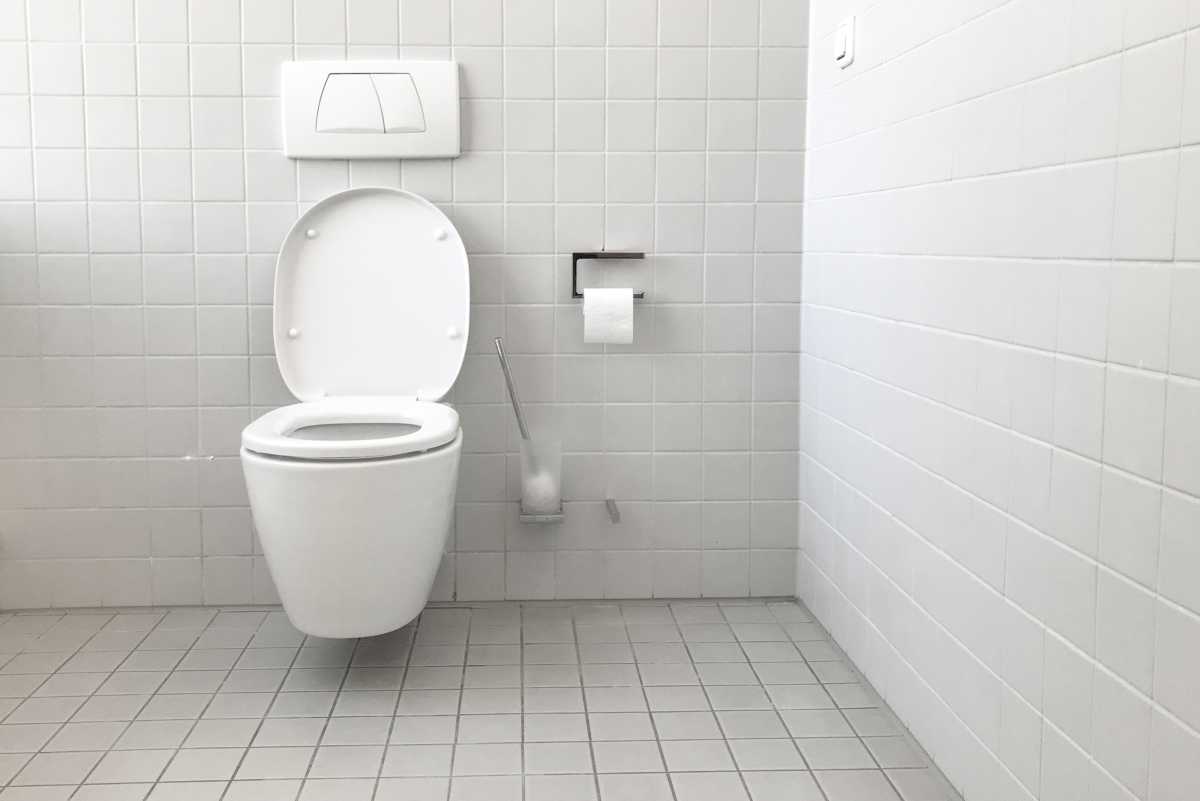Understanding the Various Types of Corrosion that Pipelines are Vulnerable To
Corrosion to metals is strikingly similar to how diseases are to the human body. For one, despite all of our best efforts, corrosion can't be avoided in the same way it's almost impossible for us to resist falling sick. Another is that corrosion isn't just one thing, there are various types of corrosion a material has to reckon with the same way there are various kinds of diseases the human body is typically subjected to. A single pipeline network could be subjected to more than a single type of corrosion at any given moment and that could be dangerous depending on what that pipeline is transporting.
If corrosion is akin to diseases, pipelines are like the veins of our bodies. As of now, the dream of living fully on sustainable energy sources is just that, a dream and we still have to rely on coals, oils and natural gases to fulfill our need for Uber and Netflix. Pipelines are still one of the most common way of transporting oils and gases and as can be seen in the debacle surrounding the alleged attack of tankers by Iran, the discussion of oil is a quite a touchy subject. In light of this, it's important to ensure that sensitive pipelines are protected against corrosion at all times.
Corrosion protection systems for pipelines
Unlike commercial properties that are typically build on hospitable lands, pipelines sometime have to go through somewhat treacherous terrains and exposed to unfriendly environments. They are sometimes buried underground or submerged underwater and these placements do nothing to help the pipelines resist corrosion as they can be even more corrosive than the average environment. To top it all off, the very thing they have to transport, the oils and gases can actually be corrosive as well.
To sum up, oil and gas pipelines don't just have to carry materials that are considered necessary to our livelihood, they also have to deal with corrosion from both the inside of their pipelines and the environment and as has been stated before, the environment they're placed in is even more corrosive than the average. Saying that corrosion is a serious problem for pipelines would be an understatement. In light of that, it's important to go deeper on the several of types of corrosion that affect pipelines to better prepare for them.
Uniform corrosion in pipelines
When we're talking corrosion, this particular type is what most people probably have in mind. Uniform corrosion is the type of corrosion that affects the entire surface of the substrate all at once. The rate of corrosion might not always be the same across the entire surface but they're all affected and this rate is typically measured by the depth of penetration in the surface over a specific period of time, usually a year. To mitigate this type of corrosion, a proper application of surface coatings is required, necessitating the use of gauges such as Elcometer 510 to ensure that the coating has been applied within the recommended thickness levels.
Graphitic corrosion in pipelines
Graphitic corrosion is the kind of corrosion that occurs in the use of alloys. Alloy is a combination of metals with each other or metal with non-metallic elements. There could be more than two elements in a single alloy and alloys are used to imbue certain substrates with an additional characteristic, such as greater corrosion resistance, chemical resistance or even purely for aesthetic reasons. However, this combination of alloys can cause problems of their own in the form of graphitic corrosion.
Because of the difference in electrochemicals and vulnerability to corrosion, a case of selective leaching occurs in which the more reactive element in the alloy becomes the primary target, causing a loss of the corresponding element which could trigger premature failure. For example, copper is typically mixed with nickels but graphitic corrosion could cause the removal of nickel from the alloy. Typically, aluminum is added as a protection from graphitic corrosion.
Galvanic corrosion in pipelines
Galvanic corrosion is similar to graphitic corrosion in that they both occur in alloys but galvanic corrosion occurs only on alloys that are connected electronically. In a galvanic cell, one material act as the anode and the other as the cathode but galvanic corrosion only targets materials working as the anode. Avoiding galvanic corrosion is possible by selecting two metals that are closer in the galvanic chart, minimizing the possibility of a galvanic interaction, or by placing insulation between the two.
Pitting corrosion in pipelines
Pitting corrosion is a type of corrosion that is focused on a single area and this type of corrosion can be more dangerous than the uniform type as the rate of corrosion is considerably faster. This type of corrosion is typically caused by a defect in the interior of the pipelines, causing the buildup of a corrosive element in a single spot of the surface. To avoid this, ensuring that the surface is free from any defects is one solution and the application of cathodic protection could also help prevent this.








